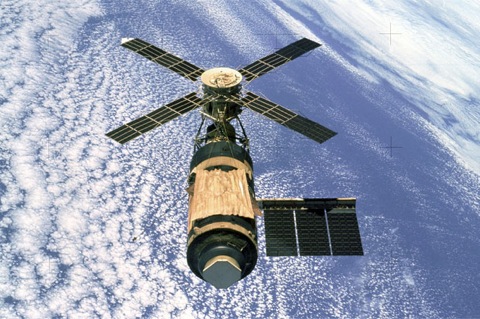I, for one, welcome our new robot overlords
Time's Techland blog has a great piece showing the technology on the Mars Curiosity Rover. I've posted about the 7 minute process for Curiosity to land on Martian soil from orbit. Curiosity is scheduled to land on the red planet on August 6th to commence its mission of looking for signs of life such as water.
The coolest piece of tech that Techland features is the Heat Rejection System, which pumps out heat when it's hot and stores heat when it's cold. Even in my mighty man cave, my computer needs a constant room temperature to run smoothly. On Mars, where the temperature can vary 300 F in a single day, this heat regulation is even more important. Additionally, temperature change can cause metal to expand and contract rapidly, meaning that the rover has to tolerate this variability in the metal throughout the day.
To view the fact sheet for the mission, click here. There's also a lot of Curiosity games on the Xbox Kinect, web, mobile, and tablet devices - check them out here!




